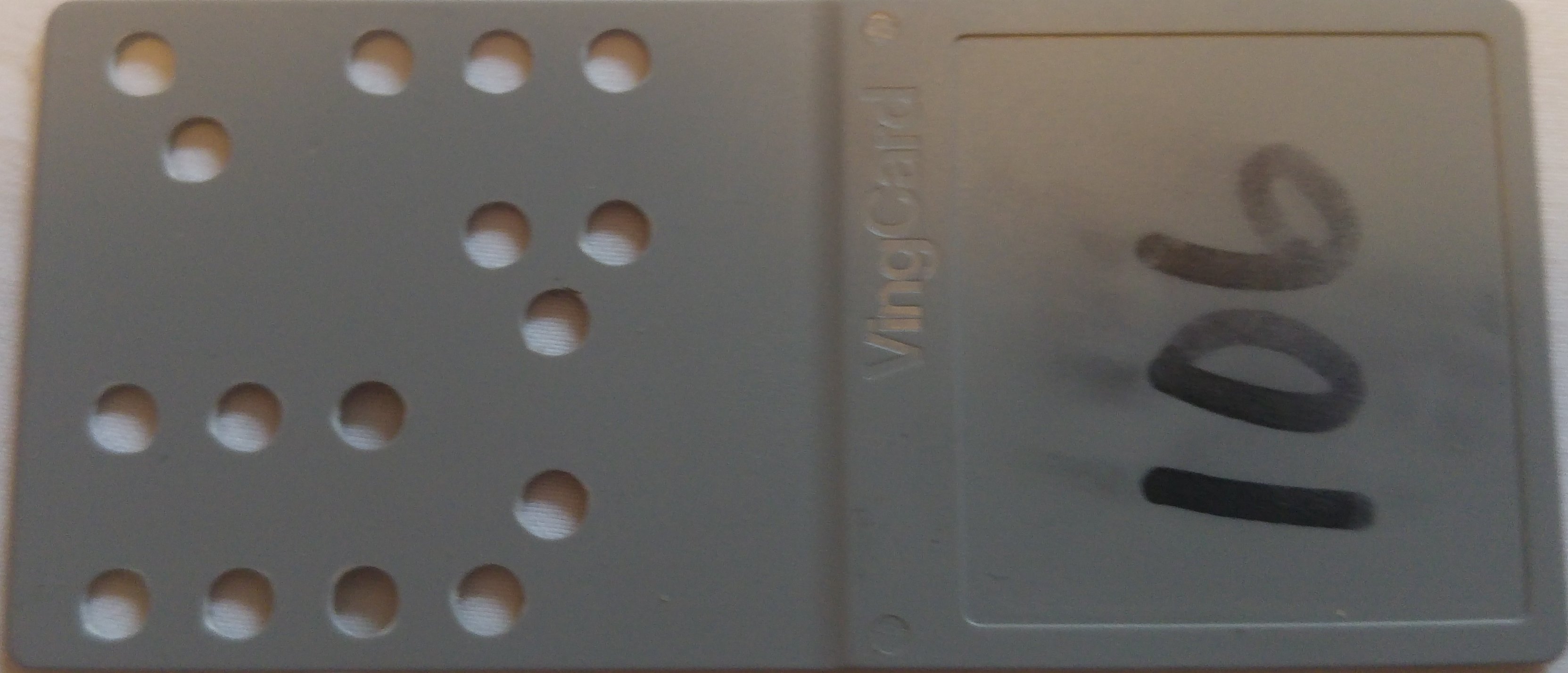This lecture covers programming based on computation machines. Even mechanical devices allow for calculations:
So far all machines being described are based on non-semiconductor technologies. Inventing the transistor in the fifties gave rise to a rapid development of microprocessor chips:
These sample devices differ heavily with respect to addressable memory, data size, supported arithmetic operations / speed and other features. We take a closer look to Zilog's Z80 processor:
Following technological advances processors have been categorized by the length the so called address- and data-bus:
| Processor | Year | Address/ data bus | Transistors | Clock rate |
|---|---|---|---|---|
| Intel 4004 | 1971 | 12 / 4 | 2,300 | 740 kHz |
| Zilog Z80 | 1976 | 16 / 8 | 8,500 | 2.5 MHz |
| Motorola 68020 | 1984 | 32 / 32 | 190,000 | 12.5 MHz |
| Processor | Year | Address/ data bus | Transistors | Clock rate |
|---|---|---|---|---|
| Six-core Opteron | 2009 | 64 / 64 | 904,000,000 | 1.8 GHz |
| Core i7 Broadwell | 2016 | 64 / 64 | 3,200,000,000 | 3.6 GHz |
| Apple's ARM M1 Ultra | 2022 | 64 / 64 | 114,000,000,000 | 3.2 GHz |
There are only 10 types of people in the world:
Those who understand binary and those who don't.
We remind the reader to the binary representation of signed integer values. Details will be discussed in your math lectures. Our first example features three bit signed integer values:
| Within limits: o.K. | Caution: Overflow! | |
|---|---|---|
010 2 + 011 + 3 ————— ——— 101 5 |
100 4
+ 101 + 5
—————— ———
discarded ━━━▶ 1001 1
by 3 bit
representation |
| Within limits: o.K. | Caution: Overflow! | |
|---|---|---|
101 -3 + 010 + 2 ———— ——— 111 -1 |
100 -4
+ 101 -3
————— ——
1001 1 |
Signed byte values are being
represented accordingly:

Hotel key cards
|
Q: |
A hotel supplies the following type of cards for opening room doors:  A customer is worried concerning the impact of loosing his card. For security reasons the corresponding pattern can never be issued again. Thus the hotel may eventually run short on available combinations. Discuss this argument by estimating the number of distinct patterns. Hint: Consider a key card's (likely?) grid of possible punch positions: |
|
A: |
No need to be worried: The 32 possible punch positions may be arranged in a linear fashion: Since each position may either contain a hole or be solid we have distinct possibilities. Thus a lot of key cards may get lost before a hotel manager needs to start worrying. |
Regarding language characters we start with one of the oldest and widespread character encoding schemes:

ASCII by design is limited to US characters not including characters . ASCII requires only seven bits. A byte consisting of eight bits allowed to introduce a parity bit for data integrity check purposes:

A byte's parity bit may instead be used for 8-bit encodings providing non- ASCII supplementary characters like e.g. the “ñ” in Señor. One such example is the ISO 8859-1 (ISO Latin 1) standard representing Western European character sets:

Supporting additional languages comes at a price: We have to increase the number of bytes representing a single character:
Notice the representation's differing byte count: UTF-8 Unicode encoding allows for one-, two-, three- and four- byte encodings. See “Unicode and You” for further details.

